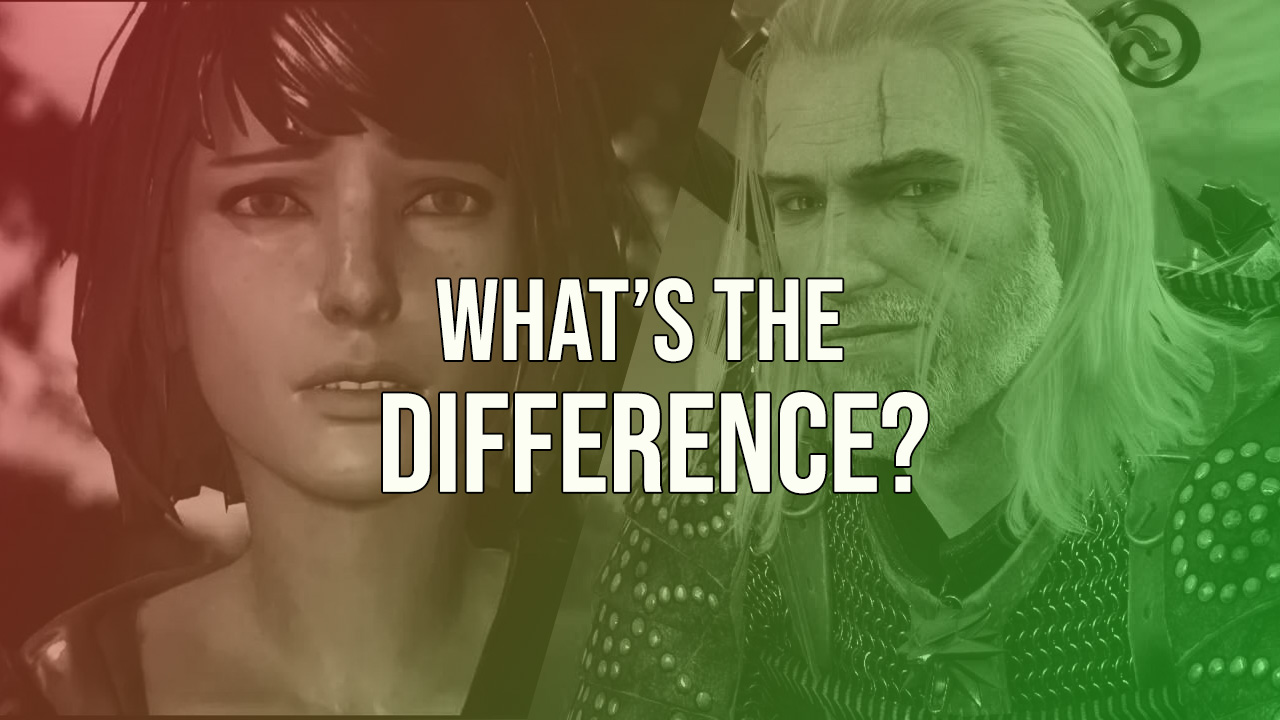The idea of a video game with one ending is more and more starting to feel as though its bordering on the antiquated; a relic of the past.
We’re at a point now where even our most bare-bones triple-A single-player games have the understanding that an interactive medium deserves an ending that should probably be, well, interactive.
But more often than not, it seems, multiple endings do not work in favor of the story.
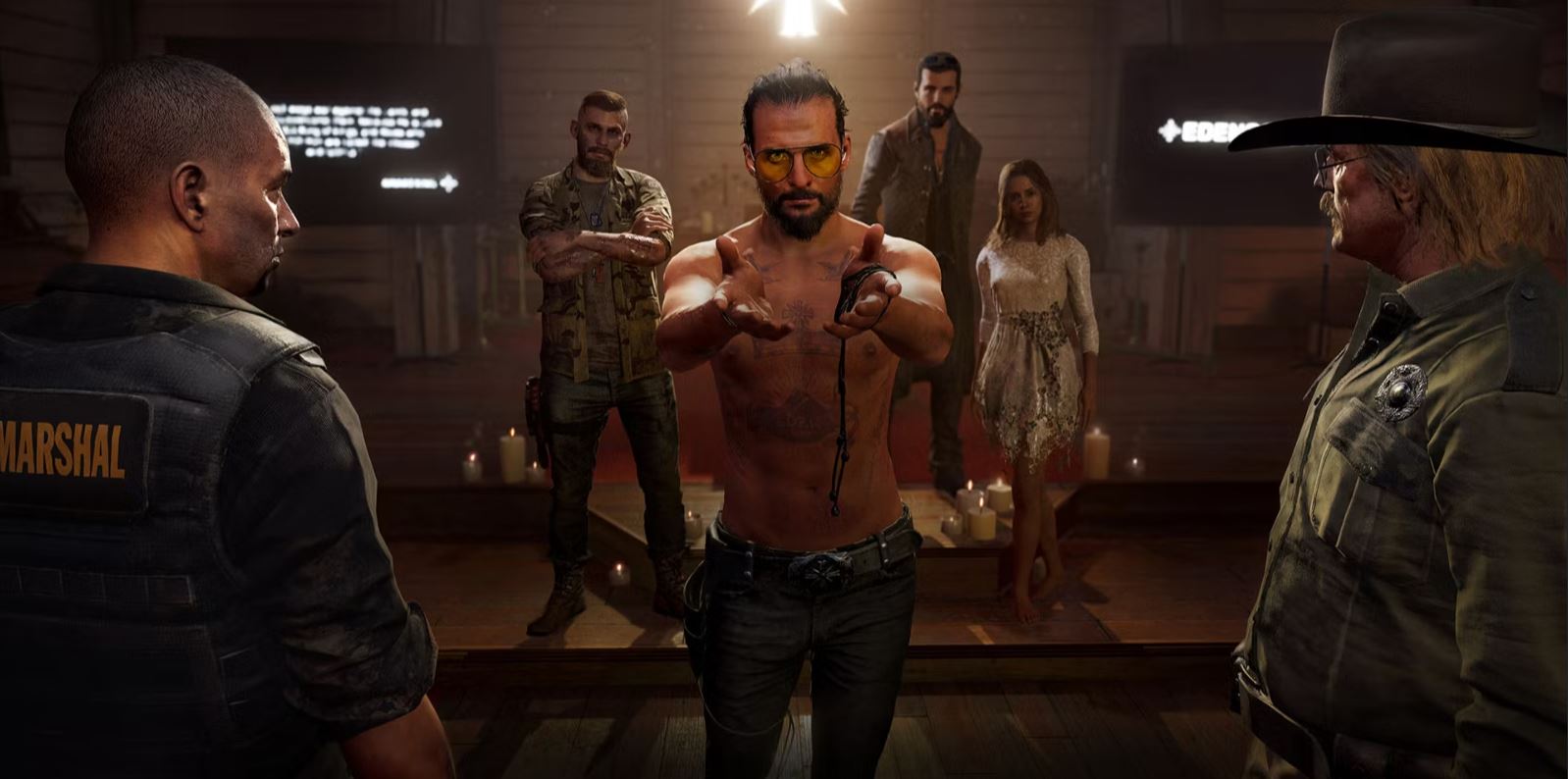
Mass Effect 3, Life is Strange, Divinity: Original Sin II, Farcry 3, 4, and 5, Fable 3, Beyond: Two Souls; all of these games have multiple endings but none are regarded very highly.
Very often when discussions of these endings come up there are a few people who attribute it to simple ‘bad writing’. But all of these games were known and lauded for effective storytelling right up until their endings, so it can’t be as simple as a lack of experience or skill from the writing teams.
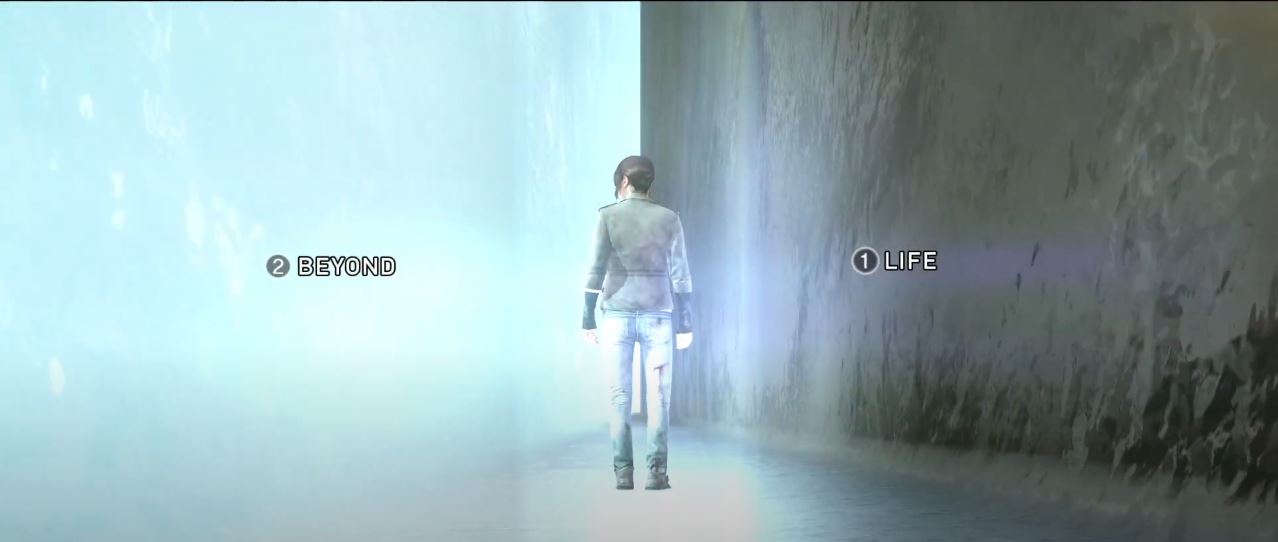
I would argue that pure writing actually has nothing to do with it; it’s not a writing issue at all, it’s a Narrative Design issue.
This might seem a bit confusing, the term Narrative Design is relatively recent and a bit fluid in its definitions, but as I see it Narrative Design is not ‘writing’ it is the design of Narrative as it flows into Gameplay.
A good delineation to draw here was made by Molly Maloney and Eric Stirpe in a 2018 GDC Panel where they explain the difference between a Games Writer and a Narrative Designer as such;
“The simple definition that we like to use at work is Writing is responsible for the Characters and Narrative Design is responsible for the Player.”
We didn’t detest the ending of Life is Strange because Max and Chloes’ relationship wasn’t developed enough, we didn’t loathe the ending of Mass Effect 3 because the world wasn’t deep enough; we didn’t hate them for any reason related to writing.
We hated them because of their design.
The Bad Design; Mass Effect 3 and Life is Strange
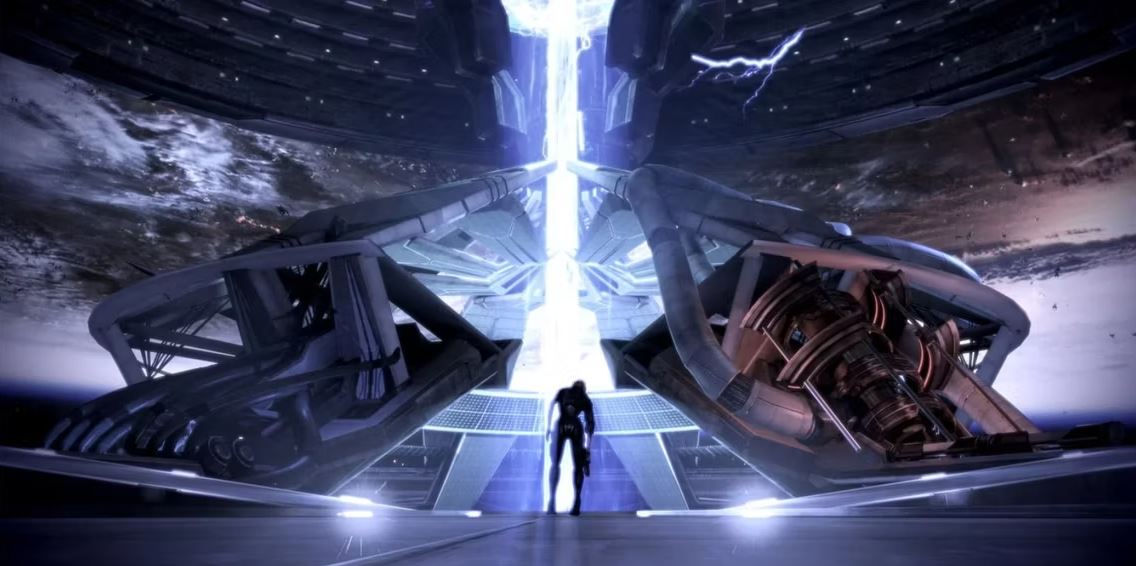
If you finished either Mass Effect 3 and Life is Strange you probably still remember that feeling of emptiness and disappointment which sat so terribly in your gut as you watched the credits roll.
You probably also remember how confused you were that although the endings of these games entailed world-changing events you felt as though nothing you did mattered.
In Life is Strange you either undid the consequences of time travel or basically leveled an entire town of people, and in Mass Effect 3 you decided the fate of literally all life in the universe and yet we attribute the phrase ‘lack of consequence’ to both of these games. Why?
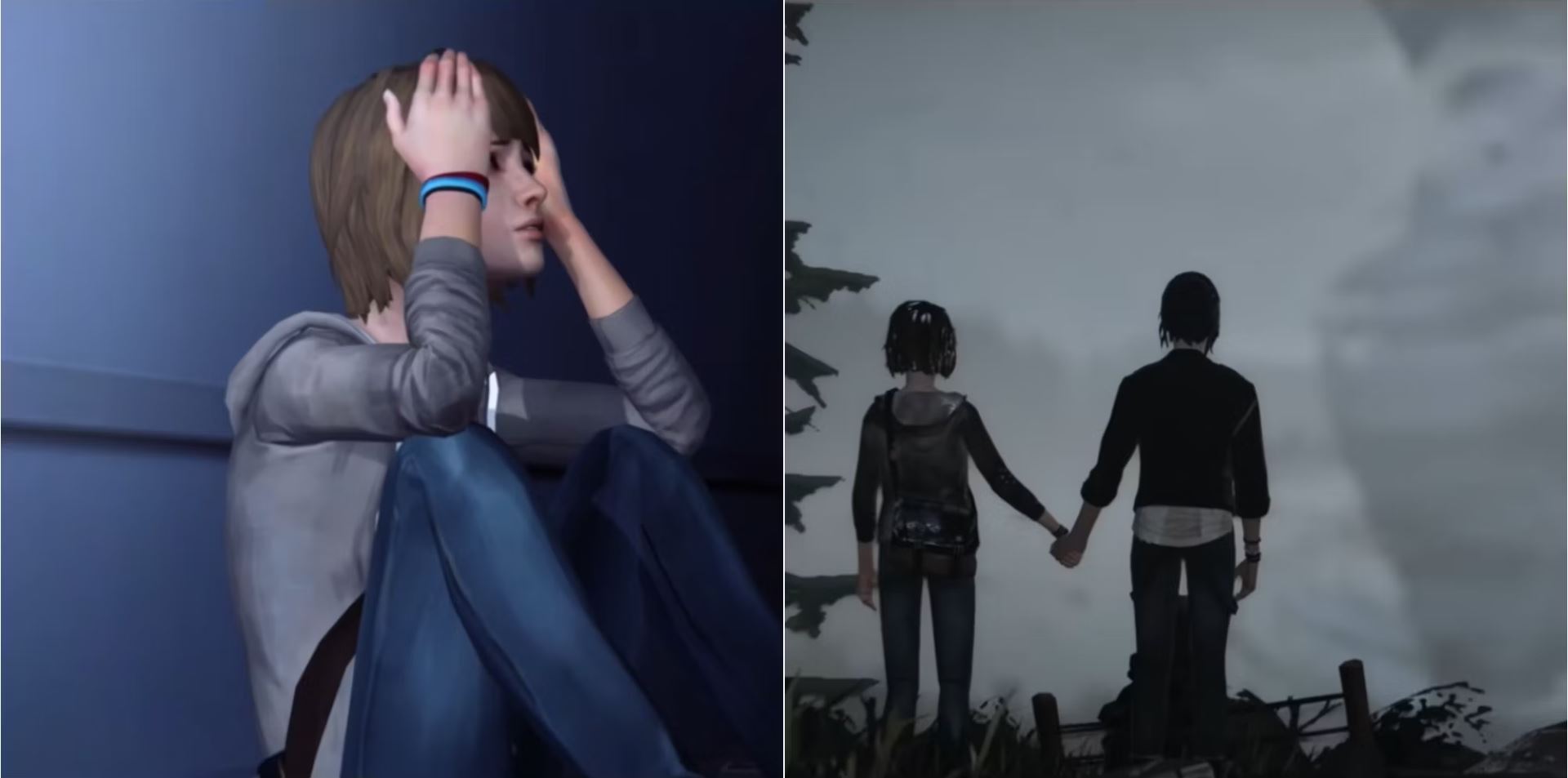
In both cases, it’s due to the fact that everything you did in the entire game built to a single choice. That might sound cool in theory, but really think about that; everything the player did lead to only this.
The hundreds of hours we spent in Mass Effects universe, the planets we felt like we altered, the fates we felt we changed; all of that does nothing to alter the moment we’re brought before the Catalyst.
Nothing you did can prevent or impact this moment or these choices. Red, Blue, or Green. Pick one.
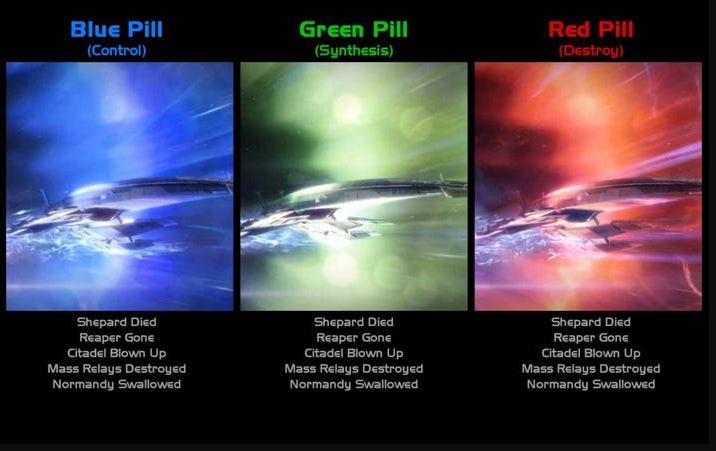
In Life is Strange this is even worse, with both endings literally undoing every single thing you had done in the game. You either reverse time and basically reload back to Episode 1, or everyone you ever affected is wiped out at once. Everything you did before that final wheel was completely meaningless.
This isn’t a film where we feel as though the actions of the protagonist brought them to a penultimate decision that was a result of their earlier actions; this is a video game. And we know that our character was shepherded to this moment by design, not by consequence.
And of course, it’s not reasonable to assume that any game can really take in the absolute entirety of every decision without guiding players at all. Developers can’t develop two entirely different games depending on which ending the player chose in its predecessor.
But there are still ways to give the player a feeling that their choices mattered.
The Good Design; The Witcher 3 and Bioshock
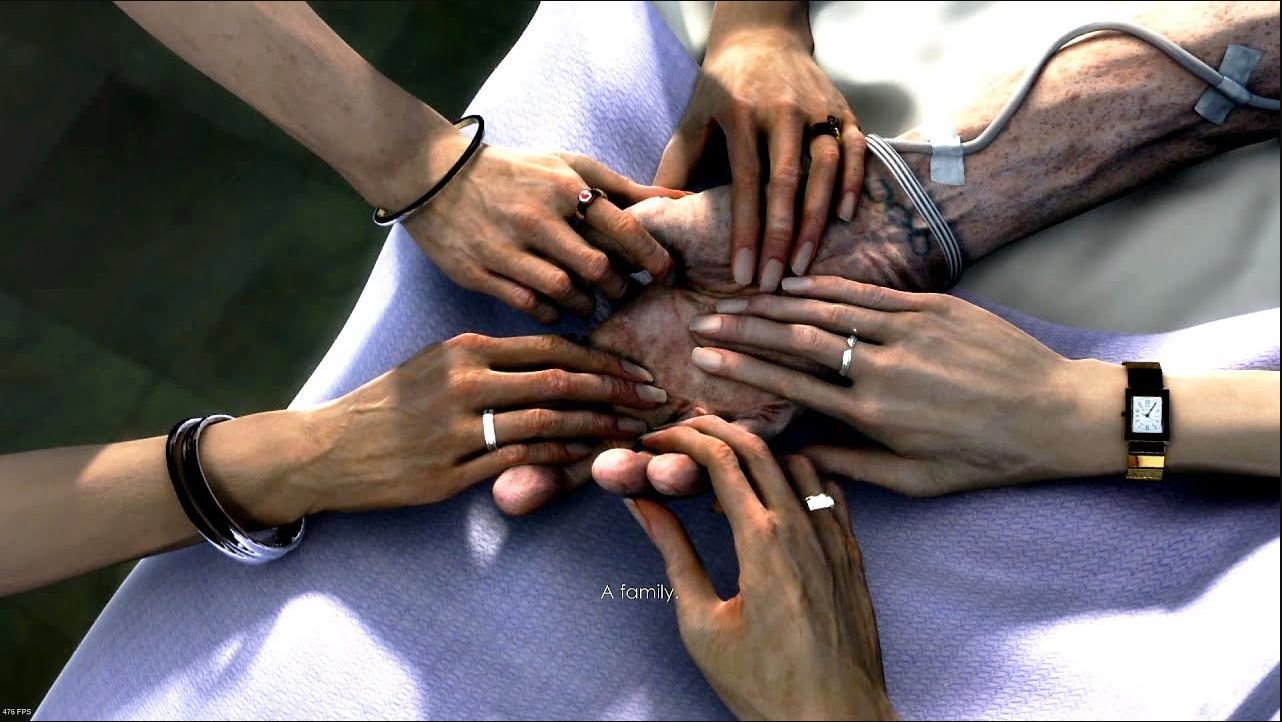
On the other side of the coin, you have the Witcher 3 and Bioshock, which are masterclasses in consequence.
In both of these games, your endings are determined not by the single press of a button, but by the hundreds of decisions you make before you even start approaching the climax.
The biggest determining factor for which ending you receive in The Witcher 3 is what kind of father you were to Ciri throughout the entirety of the game. Whether you helped Ciri prepare and grow, taught her to embrace her want of adventuring, or instilled a sense of responsibility to others vastly changes the outcome of our heroes.
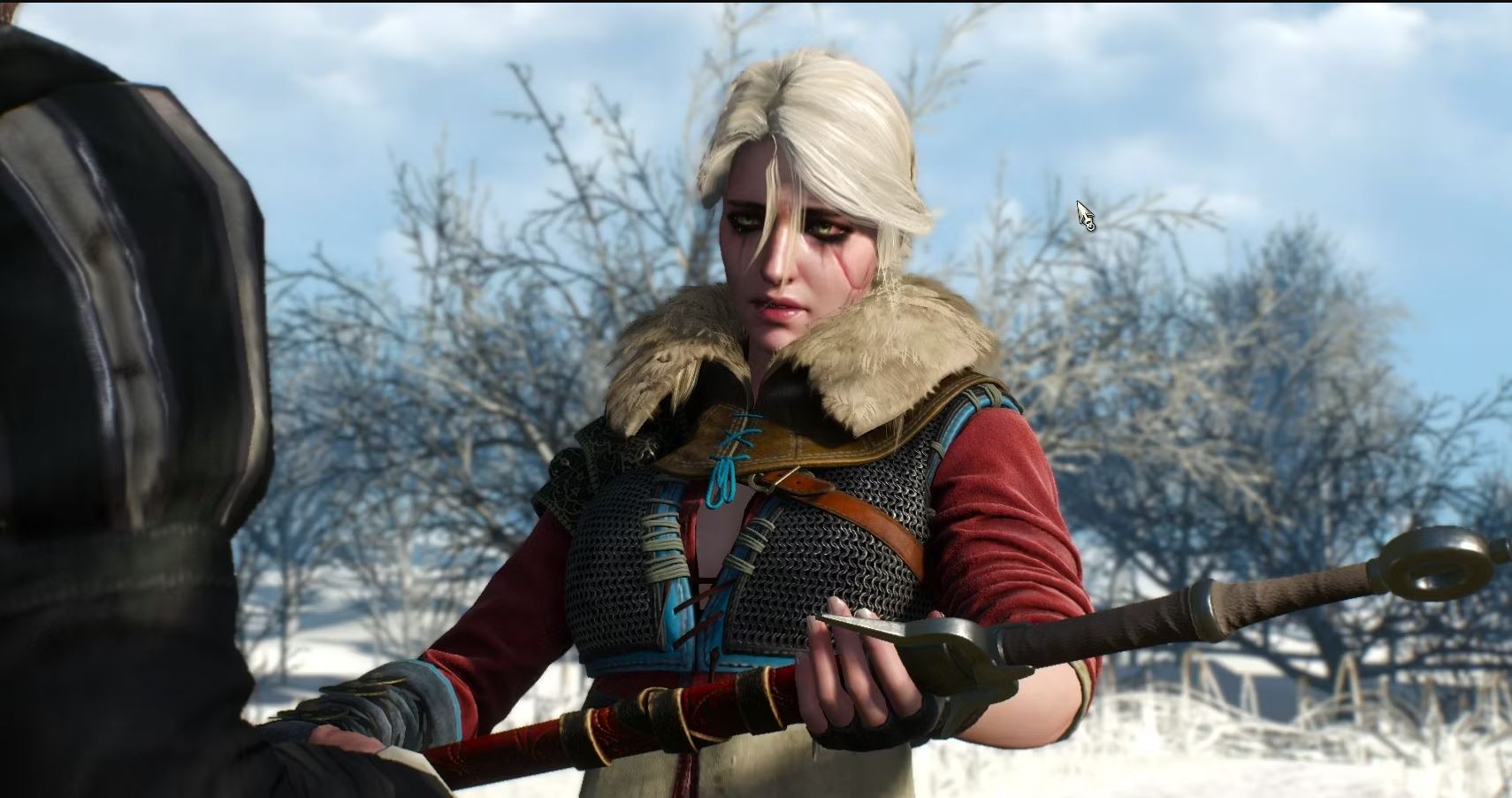
Similarly, the fate of both our hero and the world in Bioshock is determined by whether or not we save the Little Sisters from the disastrous effects of Rapture’s gene-altering substance known as ADAM.
This type of design, one centered around a culmination of choices rather than a single one, created a sense that the entirety of who the player was had been accounted for.
It gives the player a sense of accomplishment for having kept steadfast in their morals throughout the course of the story. It also gives the player no easy way out, disallowing a player who abused those around them to suddenly be absolved of all crimes right at the finish line.

Interestingly, this type of design still guides players along a designated path. No matter what you do in The Witcher 3, the Wild Hunt is stopped and some balance is brought to the world. No matter how much ADAM you harvested or sacrificed in Bioshock you’re still going to face off against Atlas and ultimately triumph.
But how it happened is vastly different. And ultimately, the how is what really matters in storytelling. The way in which it unfolds is more important than simply what happens in it.
Conclusion

All of this isn’t to say that taking into account consistent choices made throughout the game automatically makes a rock-solid design.
Dark Souls is built solely on what you chose to do before the final boss, but is so frustratingly oblique it’s hard to care. Divinity: Original Sin II has a massive amount of variation in its endings which are determined by prior decisions, but is ultimately undercut by its own canon.
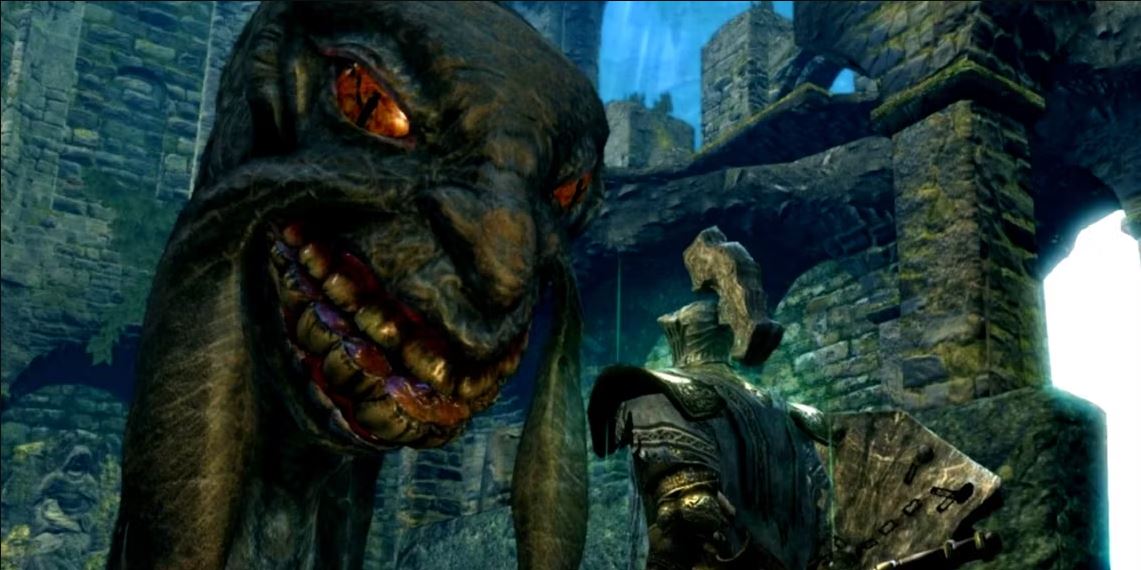
But this design is the foundation upon which multiple endings need to be built. The alternative, building to the singular choice, plagues the games ending right from the jump regardless of execution.
Having the player determine the ending they’re going to get well before the climax of the game creates the feeling of real consequence. With this element, you can ensure the feeling of a robust world that the player can impact while still guiding them along a curated journey and it’s the necessary first step for creating effective multiple-choice endings.
 Image via The Witcher 3
Image via The Witcher 3
